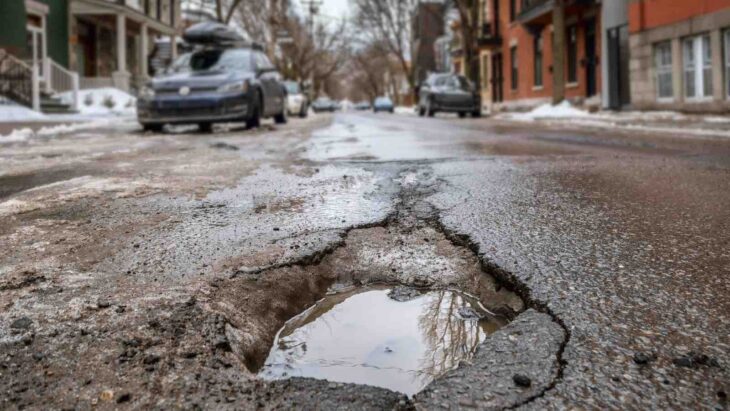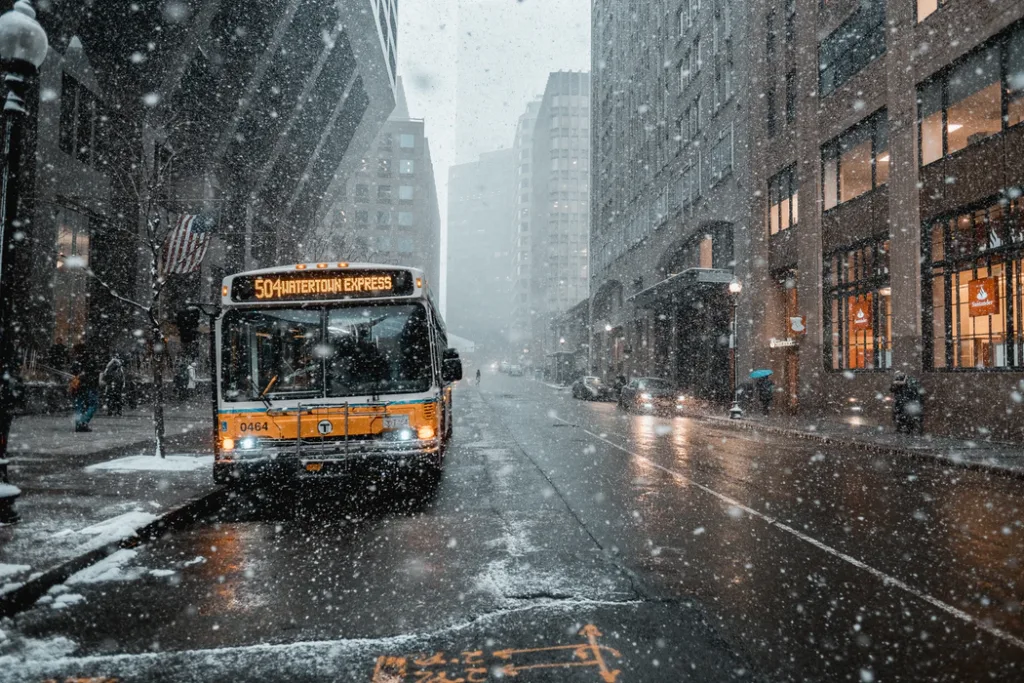
How to Avoid Common Road Hazards
Driving is fun and popular for most people and an activity that they do not shy away from. There are numerous benefits when somebody owns a vehicle. Not only can you reach far places, but you can do the things you would normally do faster and more efficiently. Despite the fact that modern cars have been around for more than a century though, there are still many concerns with their safety as well as the general amount of traffic knowledge and driving skills. For example, too many drivers have no idea how to avoid common road hazards and lower the risk of being involved in accidents, both due to theirs and the fault of others.
Most people do not consider the risks for car accidents when they get behind the wheel and hit the road for the day. Instead, they are often preoccupied with thoughts of traffic jams on their way to work, reaching their destination faster, or other mundane thoughts associated with their regular daily tasks and obligations. In reality, this is a dangerous approach because driving comes second and it should absolutely be on the first place priority wise.
Thinking Ahead

Unfortunately, car accidents happen often, and they usually occur when a person least expects it. The time to react is barely present and there is nothing that can be done in certain scenarios. While you cannot avoid every possible hazard on the road, there are steps you can take to decrease your chances of being involved in a collision or at least escape more serious damage and injuries.
The key is to be diligent, think ahead, and stay focused on the task at hand, which is getting to and from your destination safely and without endangering anyone. In the following sections we are going to talk about what you can do to avoid common road hazards. The next time you get behind the wheel, try incorporating the following tips into your plan to limit the chances of a car accident.
What Can You Do to Avoid Road Hazards and a Subsequent Car Crash?
1. Consider the Area in Which You Are Driving

From rural streets to the busy roads of an up-and-coming city, every area in which you drive poses a unique set of obstacles and potential risks. The best way to avoid these risks is to consider where you will be traveling and think ahead to anticipate potential problems.
For example, perhaps you are driving through the midtown area of a major city. In this case, you are more likely to be faced with risks like unexpected stop-and-go traffic, narrow or tight driving lanes, confusing routes, and parked vehicles all around you. The number of people walking and cyclists buzzing around you will be higher in a city too so you should pay attention to everything that is going on and be extra careful.
Or, perhaps you are driving down a rural, barren road at night. In this case, you might be subject to sharing the road with wildlife, like deer or turkeys. You might also struggle to see, as these roads are typically not very well lit despite being used by both the locals and passersby. If you are in the suburbs, on the other hand, consider the potential for numerous four-way intersections, groups of children in the streets, and bikers. Elderly people also enjoy moving away from the city after they retire so pay attention if there is a granny struggling to cross the street.
Understanding the potential risks of each of these areas is crucial whenever you get behind the wheel. By evaluating the possible obstacles you may face before you go and plan out the best route, you will be better equipped to handle challenges as they come up. For example, if you know you are going to be driving down a dark, rural road, you should ensure your headlights provide adequate lighting before trekking out. If not, it is better to choose an alternate route just to be safe and limit the number of things that can go wrong.
2. Check the Weather Conditions

Inclement weather, such as heavy rains, strong wind, fog, icy roads, and snow can all increase your chances of being involved in a car crash. Even too much direct sun and too hot or humid conditions are awful for driving because they tend to exhaust the drivers and make them fussy or careless. Whenever you are about to head out onto the road, check the weather forecast first. If the conditions are predicted to be dangerous, consider whether it is possible for you to reschedule your trip or cancel it altogether for the time being.
If you absolutely must get behind the wheel, be careful and take it as slow as possible. Most of the traffic will also proceed like this as it is in everyone’s interest to be safe. Do not speed, and do not engage in reckless behavior. When the conditions are already up against you, you need to do everything possible to limit your chances of a collision and even out the odds so that they are more in your favor.
3. Always Pay Attention to Your Surroundings

Signs and traffic postings are some of the most effective tools provided to drivers to ensure safe travels. They are there for a reason after all, to dictate traffic and impose the rules that make everyone and everything safer. Speed limit signs, for example, let motorists know the fastest speed they can go while still remaining safe. Alternatively, warning signs for icy or slick areas alert drivers to areas in which they need to slow down and take it easy. Make sure to pay attention to them and behave accordingly even if the signs seem to be pointless. They are never pointless and you should stick to the information they give you.
Whenever you are out driving, pay attention to the signs around you. Use the aforementioned tips and check in advance what the area you are going to be driving in has in terms of signs, and what weather conditions are usual there to prepare for the rules and guidelines you will eventually see. Use this information to inform your driving habits and engage in more defensive behaviors.
Conclusion and Takeaways
Despite doing all that you can to stay safe, accidents can still happen because others are not. Even when you take every precaution possible, sometimes, accidents are unavoidable. If you find yourself as the victim of a crash brought on by another person’s negligence, your best bet is to hire a personal injury lawyer in Montana. This will allow you to file a claim and collect the compensation you deserve. To prevent this, be smart about driving and do not relax too much and too often.